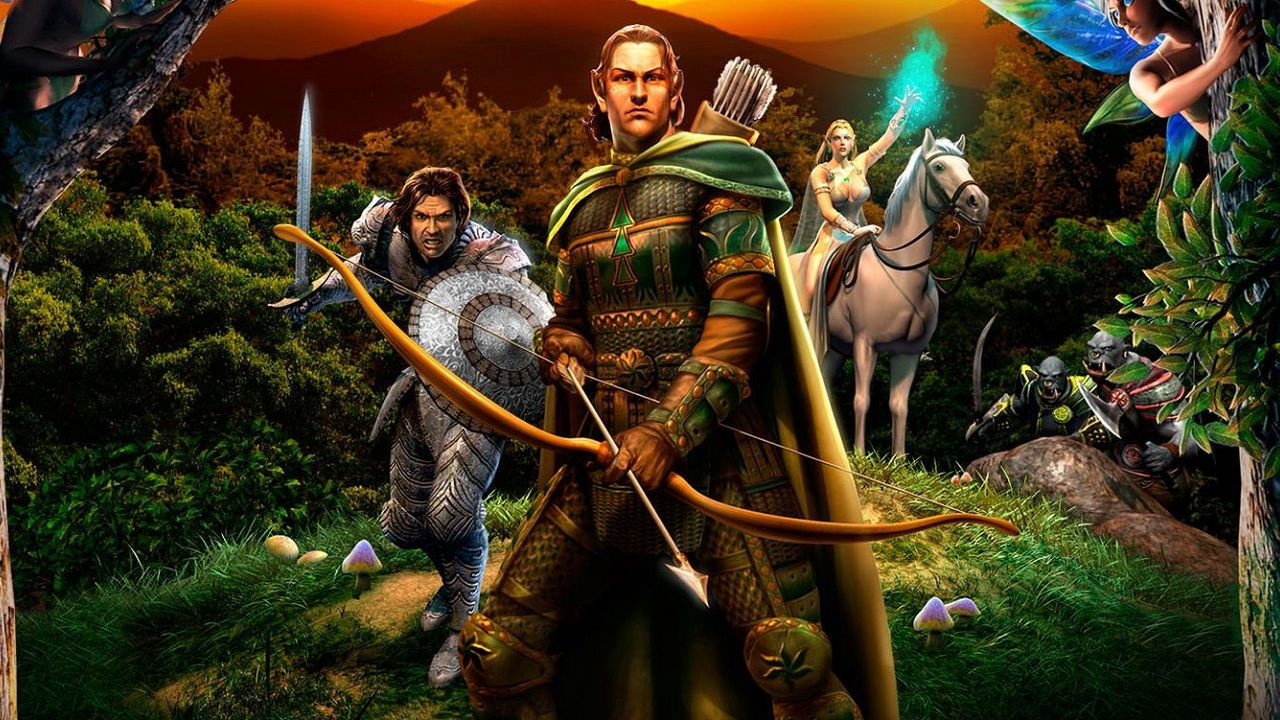Danny Ledonne is not a video game developer by profession; he’s an independent filmmaker. His small production company’s biggest business is editing together people’s weddings. Yet the 27-year-old Colorado native may well be recognized in the annals of video game history as one of the early proponents of video games as an art form. And he did it without any game development experience in six months.
The game is Super Columbine Massacre RPG!, which as one might establish from the title, is a role-playing game in which players take control of gunmen Eric Harris and Dylan Klebold and act out the 1999 shootings which led to the deaths of 13 at Columbine High School. School shootings are a touchy matter at best, and so it’s not that surprising that after gaining some mentions in 2005 and 2006 the game exploded into the mainstream press. As you might expect, the reporters never bothered to actually play the game, and rushed to call it an abomination, or wish ill tidings on the game’s creator. In actually, the game is much tamer than anyone who has ever played a first-person shooter would expect. The graphics are rendered in Super Nintendo-esque 16-bit graphics, circa 1993 (not the near photo-realistic graphics of AAA game titles from 2005). Battle screens take the player into combat with unarmed cliches of high schoolers–there’s the preppy girls, the jocks, and the teachers; all the people the gunmen professed to hate for their bullying. After committing suicide, the adventure continues in hell, where Klebold and Harris fight enemies from their favorite game, Doom, and get congratulated for their acts by Satan himself (rendered in South Park style).
On the surface, there’s plenty that seems tasteless, but as many have argued, SCMRPG does approach art (in as much subjectiveness as art is measured.) By putting players in the shoes of the gunmen, players are confronted with choices they would never have in real life. Flashbacks offer a window into the shooter’s lives and their motivations. At the same time, the game parodies the video game genre itself and the supposed connections Doom and violent video games had to causing the shootings (for an analysis of this and other supposed video game violence-fueled acts, see my paper on the subject.)
That isn’t to say I don’t agree with aspects of the work. A more realistic first-person shooter based game with the same premise would have a greater emotional impact on players, although such a game was beyond Ledonne’s talents or budget, and would invariably have attracted more fire for realistic depictions of murder. The second half of the game is much more esoteric and prone to misinterpretation by non-video game players as glorifying the shooters. But the core message of the game is clear; archival photos of the gunmen’s blood-soaked corpses makes it clear that killing others is not a celebratory act, and despite the graphics and tinny sound the amount of time Ledonne spent researching the shootings makes SCMRPG more real than a surface look would give.
Of course, there is controversy to make a statement, and controversy for the sake of creating controversy. After the 2007 Virginia Tech shootings another game developer made a simplistic video game about the killings and essentially held players hostage, saying he would take down the game in exchange for $3000 in donations. That’s not an authentic artistic statement. But while I may not agree with the final product, Ledonne’s purpose of using the video game medium to explore our societal problems should be lauded as brave and trailblazing.
~For a full article on the game, see Wikipedia’s entry on Super Columbine Massacre.

